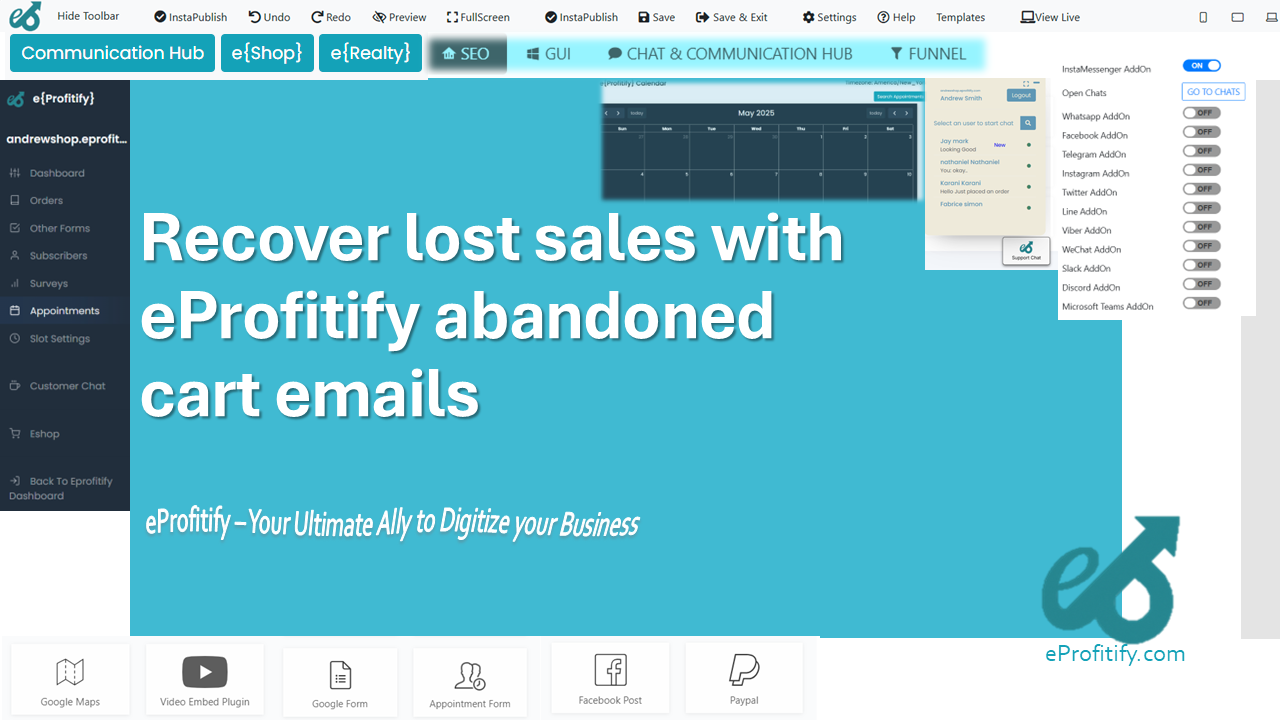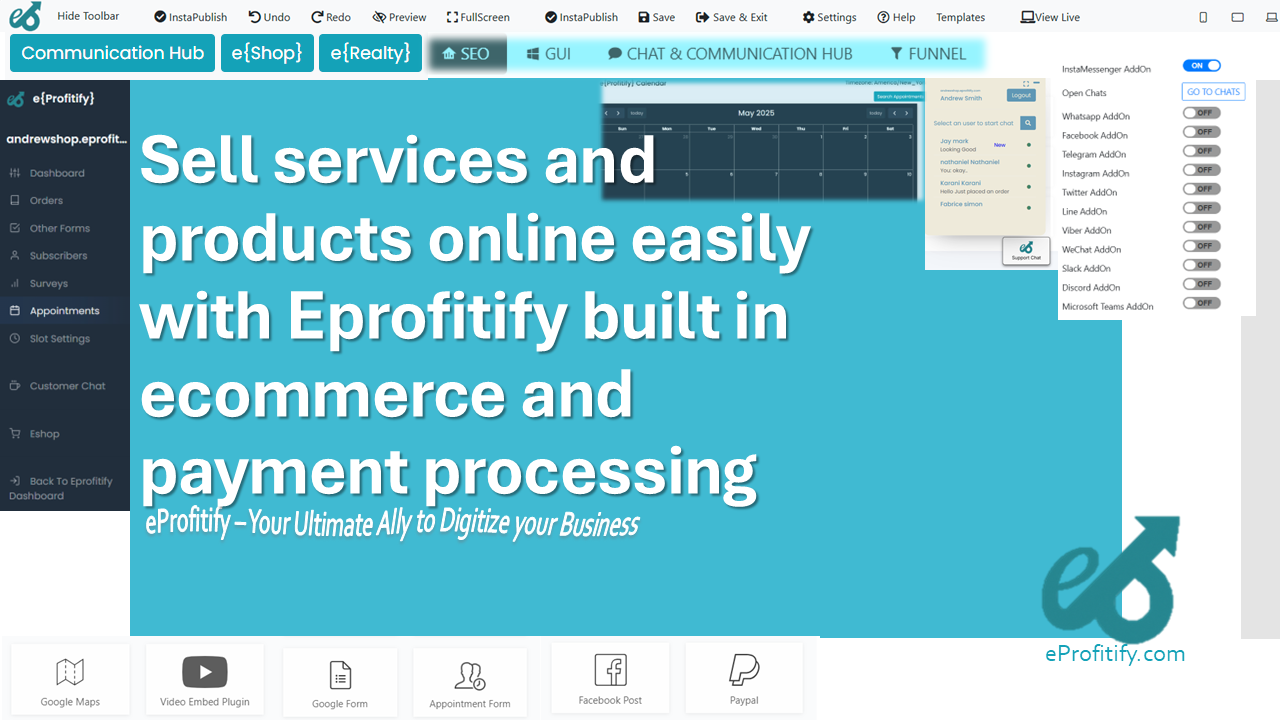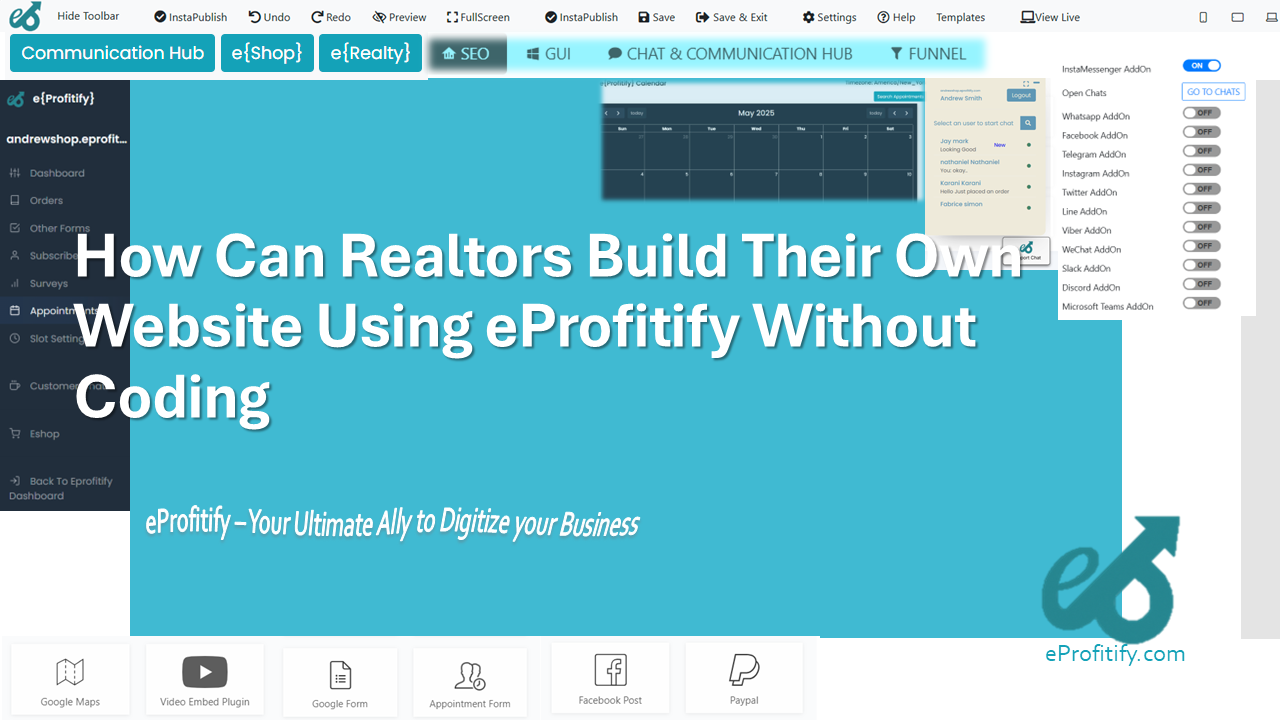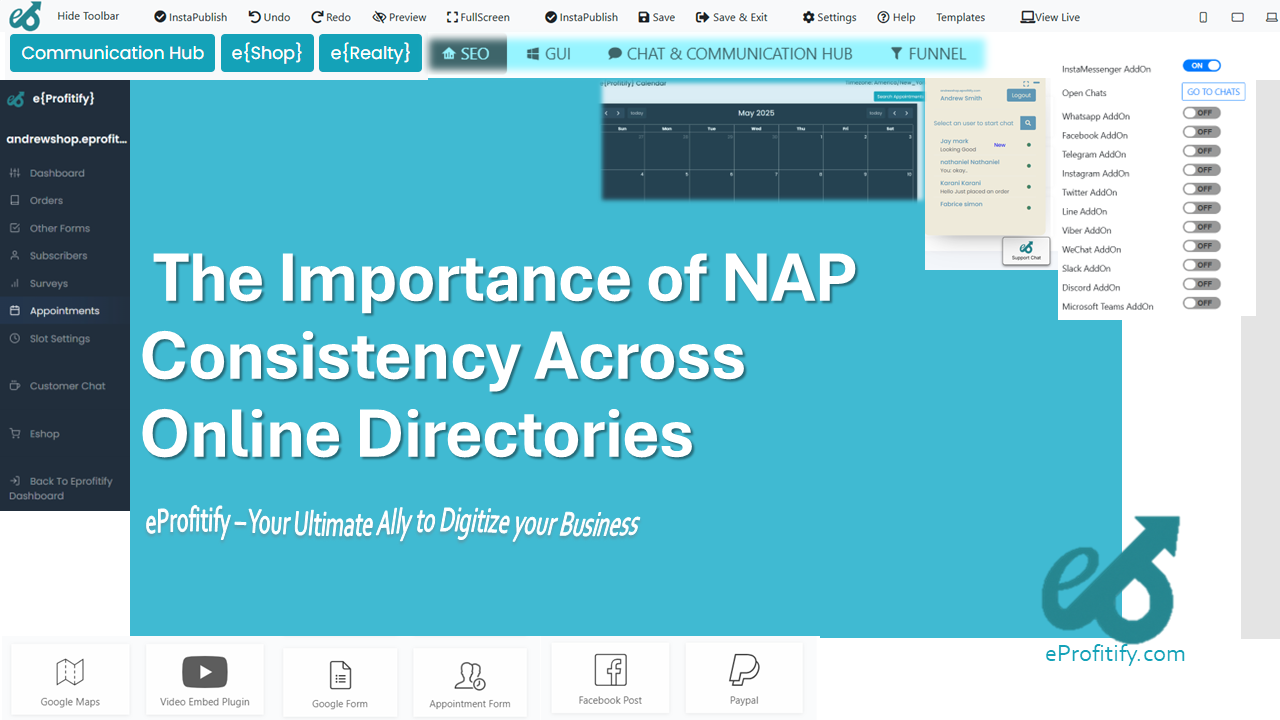SEO for Micro Niches Targeting Specialized Markets
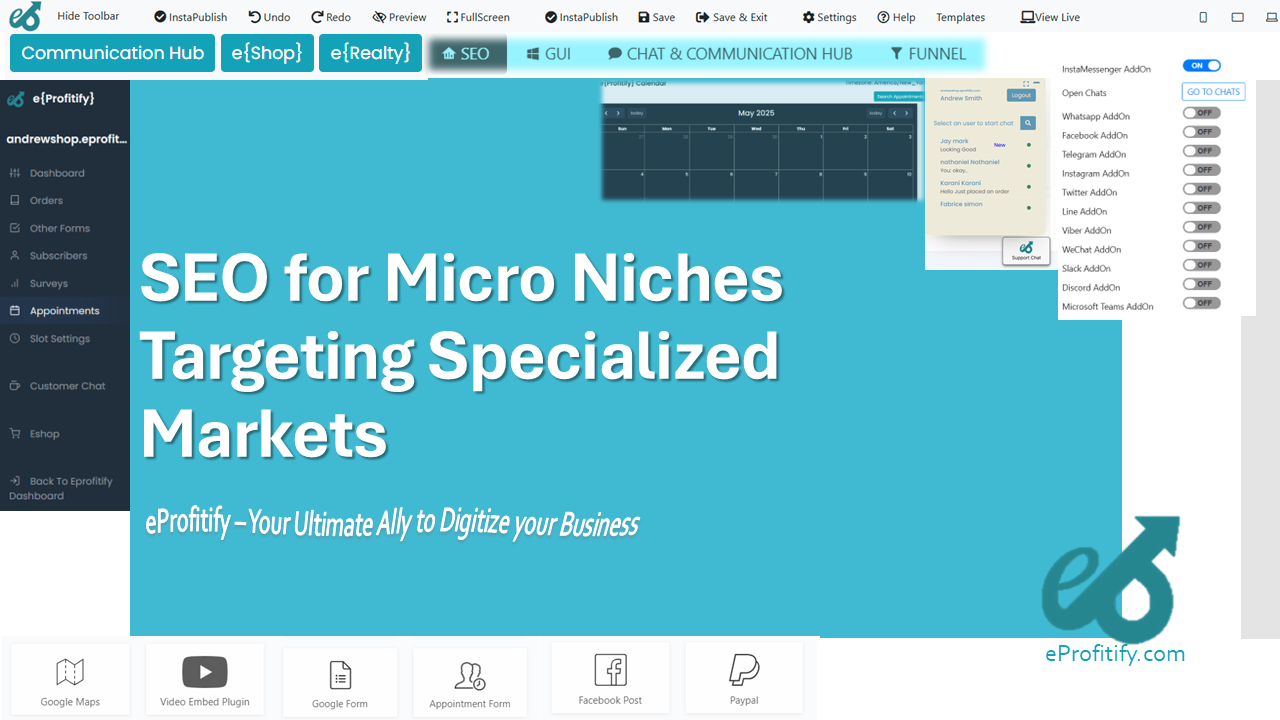
Schedule a LIVE Zoom call with an eProfitify Expert.
SEO for Micro Niches: Targeting Specialized Markets
In today’s hypercompetitive digital landscape, businesses are increasingly turning to micro niches to carve out a sustainable online presence. Micro niches—ultra-specific segments of broader markets—offer unique opportunities for brands to connect with highly targeted audiences. From vegan pet food enthusiasts to vintage camera repair services, these specialized markets often have lower competition and higher conversion rates compared to generic industries. However, succeeding in micro niches requires a nuanced SEO strategy tailored to their unique demands.
The Growing Importance of Micro Niches
Micro niches cater to audiences with distinct needs, preferences, or pain points. For example, while the broader “fitness” market is saturated, a micro niche like “yoga for seniors with arthritis” addresses a specific demographic. According to Semrush, 35% of businesses targeting micro niches report higher conversion rates due to reduced competition and stronger audience alignment. Additionally, 60% of consumers prefer purchasing from brands that offer specialized solutions, per a 2023 HubSpot report.
The rise of voice search and AI-powered tools has further amplified the value of long-tail keywords, which are central to micro-niche SEO. Studies show that long-tail phrases account for 70% of all search queries and generate 9x more conversions than generic terms.
Keyword Research: Precision Over Volume
Keyword research for micro niches prioritizes relevance and specificity. Tools like Ahrefs and SEMrush help identify low-competition, high-intent terms. For instance, a business selling “organic hypoallergenic dog treats” might target phrases like “grain-free dog snacks for allergies” instead of generic “dog food.”
Data from Backlinko reveals that pages ranking for 10+ long-tail keywords see 2.5x more organic traffic than those focusing solely on short-tail terms. Voice search optimization is also critical, as 40% of voice queries contain question-based phrases (e.g., “Where can I buy eco-friendly cat litter?”).
Content Optimization: Authority and Relevance
Content must address the unique needs of micro-niche audiences. A blog post titled “How to Repair Vintage Nikon Film Cameras” will outperform generic “Camera Repair Tips” by aligning with precise search intent. According to Orbit Media, articles exceeding 2,000 words earn 2x more shares and backlinks, but micro-niche content often thrives with concise, actionable formats like guides, FAQs, or case studies.
Schema markup and structured data further enhance visibility. Pages using schema rank 4x higher in SERPs, per Search Engine Journal, while videos and infographics boost engagement by 80%.
Technical SEO: Building a Strong Foundation
Technical SEO ensures search engines can crawl and index micro-niche sites efficiently. Core Web Vitals—loading speed, interactivity, and visual stability—directly impact rankings. Google reports that 53% of users abandon sites taking over 3 seconds to load, emphasizing the need for optimized images and mobile responsiveness.
Local SEO is equally vital for geographically specific micro niches. Tools like Google Business Profile (GBP) drive 65% of click-through rates for “near me” searches, according to BrightLocal.
Leveraging eProfitify for Micro-Niche SEO Success**
Managing SEO for micro niches demands robust tools that streamline content creation, analytics, and customer engagement. eProfitify, a leading website publishing and management platform, offers features tailored to niche businesses:
- Instant Messaging: Facilitates real-time customer interactions, reducing bounce rates and improving dwell time—a key ranking factor.
- Appointment Management: Integrates booking systems for service-based niches (e.g., specialty clinics), enhancing local SEO via GBP synchronization.
- Ecommerce Integration: Optimizes product pages with SEO-friendly URLs, meta descriptions, and structured data, boosting visibility for niche products.
- CRM Integration: Tracks customer behavior to personalize content and email campaigns, increasing retention and referral traffic.
- SEO Analytics: Provides keyword tracking, backlink analysis, and competitor insights to refine strategies.
eProfitify’s mobile-optimized templates and automated content distribution tools enable businesses to focus on scaling their micro niches without technical bottlenecks.
Case Studies and Statistics
- A boutique vegan skincare brand using eProfitify’s CRM and SEO tools saw a 120% increase in organic traffic within six months by targeting keywords like “cruelty-free anti-aging serums.”
- Per Ahrefs, micro-niche sites with optimized technical SEO achieve 50% faster indexing rates compared to broader industry sites.
Conclusion
Targeting micro niches with precise SEO strategies unlocks untapped growth opportunities. By combining long-tail keyword targeting, authoritative content, and tools like eProfitify, businesses can dominate specialized markets while driving sustainable revenue. As consumer demand for personalized solutions grows, micro-niche SEO will remain a cornerstone of digital success.




